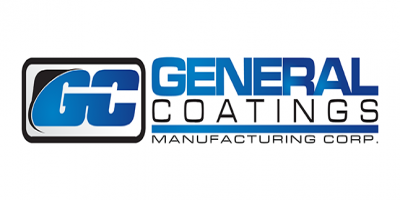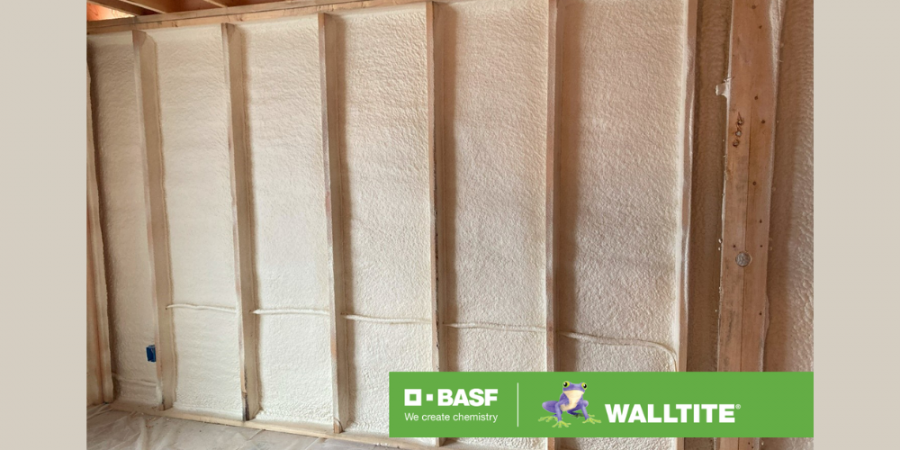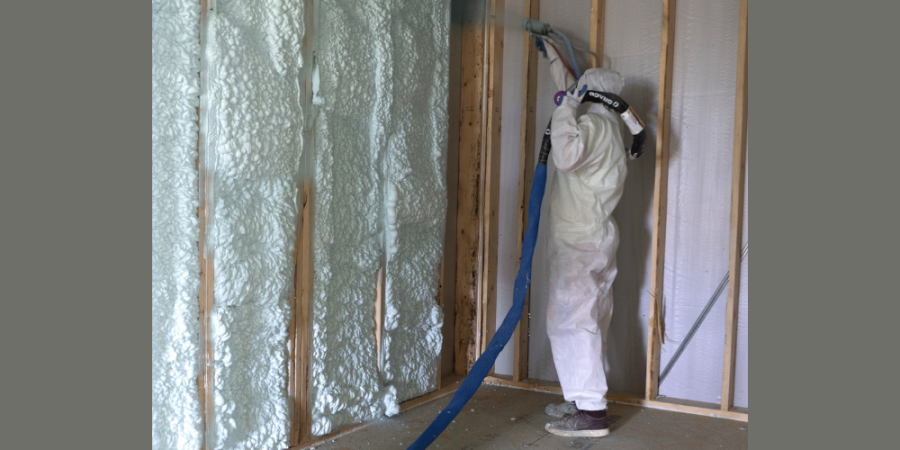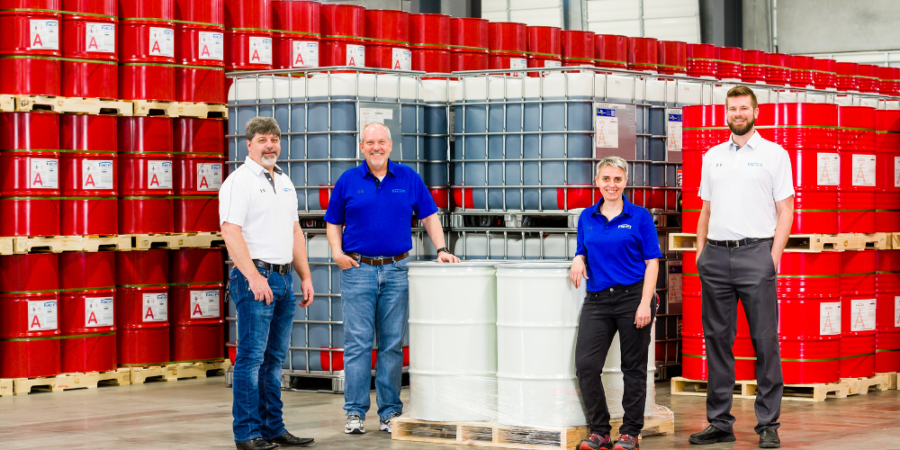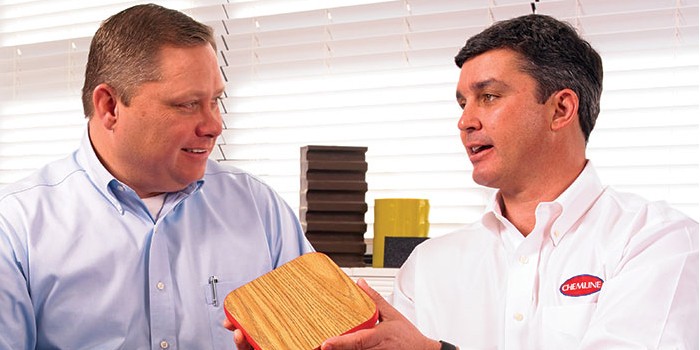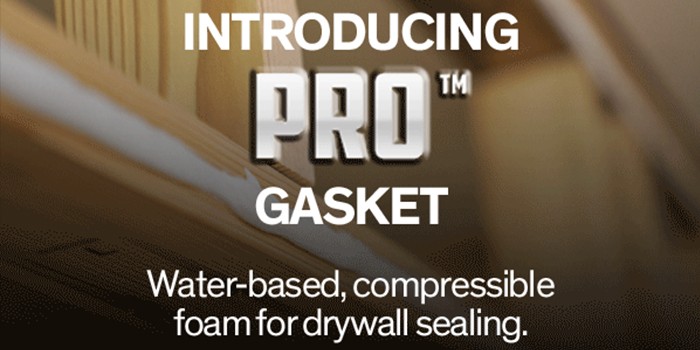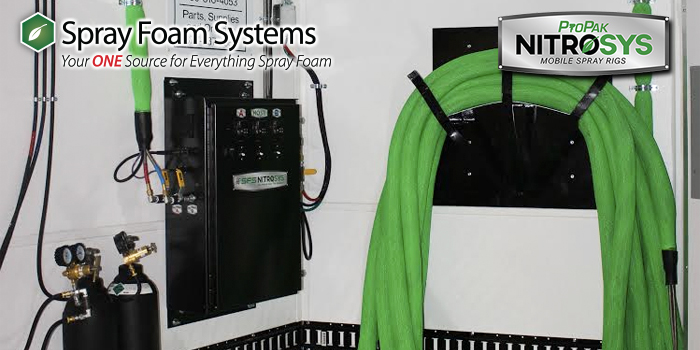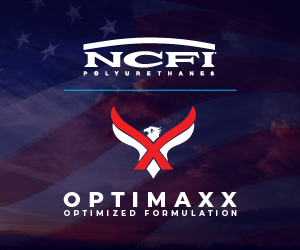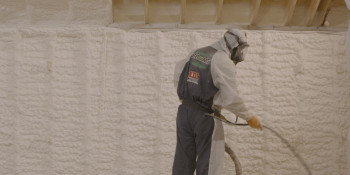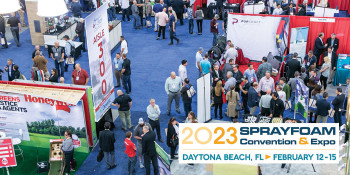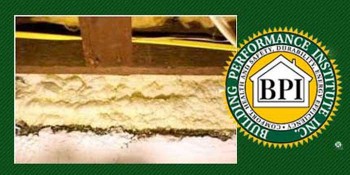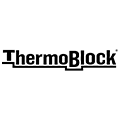Foam Meets Pharma on the Pacific
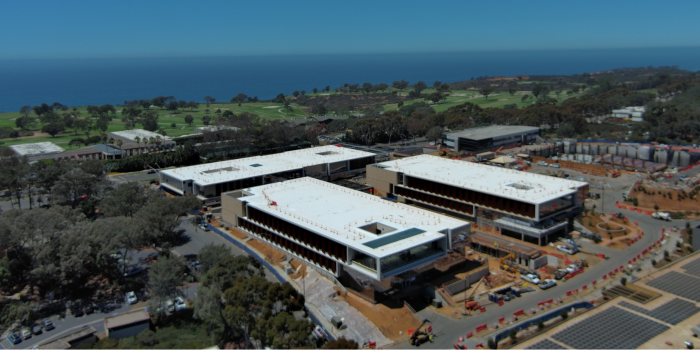

Spray Foam Magazine – Summer 2025 – A project in La Jolla, CA, involved three buildings, each encased in glass. Bob Craig of Craig Consulting in San Diego, CA, along with Will Evans, the Chief Operating Officer at Cool-Roof Systems, recommended SPF roofing after the building owner expressed a preference for spray foam due to its exceptional insulation properties, extended warranty duration, and ability to protect the metal roof deck from condensation. One Alexandria Square stands as a premier research campus at the forefront of innovation, strategically positioned in the heart of Torrey Pines. It is home to some of the world’s leading biotech and pharmaceutical companies, showcasing state-of-the-art lab spaces and modern office facilities, all just a mile from the breathtaking Pacific Ocean in La Jolla.
The new campus buildings will feature two primary suites: a vast 11,000 sq. ft. lab-to-office suite and an adjacent, fully furnished 9,000 sq. ft. office space, complete with top-tier furniture, fixtures, and equipment (FF&E).
Cool-Roof Systems client chose them for their durable and highly effective roofing solutions. Cool-Roof Systems also confirmed that they would provide a superior foam roofing system that offer unparalleled insulation properties, extended warranty durations, and robust protection against condensation for these new metal roof decks.
The Spray Foam Contractor
Cool-Roof Systems, based in San Marcos, is a reputable spray foam roofing and insulation company serving both commercial and residential properties throughout Southern California. Founded in 2004 by Lyle Orth, who has been active in the spray foam industry since 1988, the company is a certified Service-Disabled Veteran-Owned Small Business (SDVOSB). They are also accredited by the Spray Polyurethane Foam Alliance Professional Certification Program (SPFA-PCP), recognized for providing high-quality materials and expert installation services. Over four months, the crew size on-site varied between two to 15 members.
Prep Work & PPE
The crew arrived on-site with four rigs, equipped with Graco E-30 proportioners and 400 feet of hose. Safety was paramount. The absence of a parapet wall made the site extremely hazardous and increased the risk of falls and serious injuries, so to ensure safety while working near the roof’s edge, the crew wore harnesses and lanyards. A perimeter warning line system with cones was also set in place. This system is crucial for safety, with the cones providing a visible barrier to help prevent workers from approaching the roof’s edge within the designated area, as required by OSHA.
Every morning, after checking the harnesses, lanyards, and that the perimeter warning line system was in place, the crew began their work by cleaning and drying the fluted metal deck and applying a metal primer before installing the SPF. Due to the size of the buildings and the nature of new construction, the crew had to adapt to daily job site activities.
Installing the Foam
The crew’s spray window was from 10:00 AM to about 3:00 PM each day, which was determined by humidity levels. They erected a stair tower at each building for roof access. Each foreman was responsible for overseeing their equipment, materials, and crew. The daily reports from the Cool-Roof Systems team documented the weather conditions, the amount of material installed, and provided a map detailing where each applicator installed either foam or coating. After preparing the deck, the crew filled the flutes with General Coatings Ultra-Thane closed-cell foam.

The applicator is properly harnessed and tied off while spraying outside of the perimeter warning system.
They then applied the foam in three to four passes to achieve the specified thickness of four and a half inches (R-30) and up to 10 inches in the cricketed areas, trimming any excess afterward. The team completed approximately 175 spray sets.
Once the foam reached its full thickness, a coating crew followed each day to apply General Coatings Ultra-Flex 1000 HT, an elastomeric coating sprayed at a thickness of 50-60 dry mils (DM). They used one and a half gallons of basecoat, one and a half gallons of an intermediate coat with embedded granules, and two gallons of white topcoat, applied in two coats for a total of four coats.
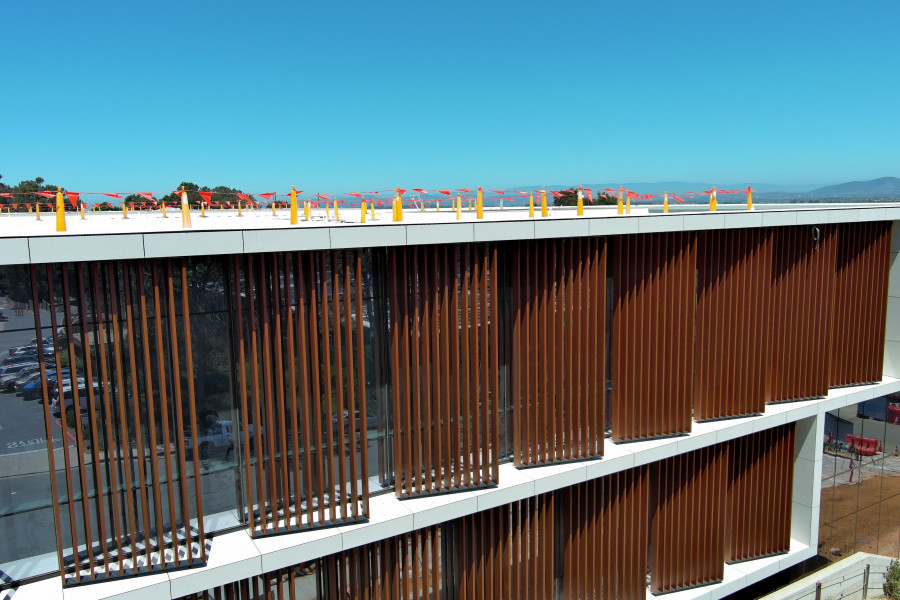
Overcoming Challenges
The Cool-Roof Systems crew had to exercise extreme caution on-site, as any damage to the glass is particularly challenging to repair and will often result in a complete replacement. They also had to take extra precautions when navigating around the site so that the glass was not exposed to any overspray, therefore minimizing the risk of scratches.
Additionally, the SPF roofing team had to navigate around hundreds of other workers on-site, ensuring they were constantly aware of their vehicles and equipment.
Some days they had to relocate their rigs for underground work by other trades, while on others, cranes were present to install glass, requiring precise coordination to avoid equipment interference. Once the hose was on the roof, the crew aimed to keep it there until the foam application was completed. However, they occasionally had to reposition their hoses according to the day’s schedule. Humidity also posed a challenge; due to morning moisture, the crew had to spend hours drying the roof and monitoring weather conditions to comply with the SPF manufacturer’s requirements.
"After 18 years with the company, this was the most challenging project in terms of manpower, duration, and navigating San Diego’s high humidity. Each day presented new challenges, but our crew consistently rose to the occasion. We are immensely proud of the dedication demonstrated by all team members and the foam applicators who exceeded expectations, ensuring the success of the roofing project. We encourage other owners and architects to consider spray foam roofing for their future projects, as we have demonstrated its unmatched potential when applied correctly compared to other roofing systems," said Will Evans of Cool-Roof Systems.
Conclusion
Despite facing challenges such as high humidity, coordinating with other trades, being very mindful of any glass on site, and the necessity to dry the fluted metal deck each morning, Cool-Roof Systems successfully completed another cool roofing project. This project offers their client peace of mind, along with a 20-year warranty.
Published by Spray Foam Magazine
SprayFoam / Spray Foam Insulation
Disqus website name not provided.




